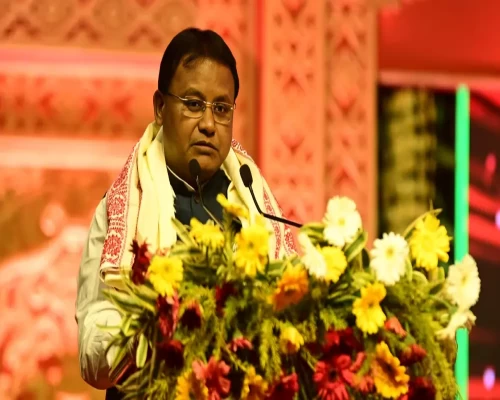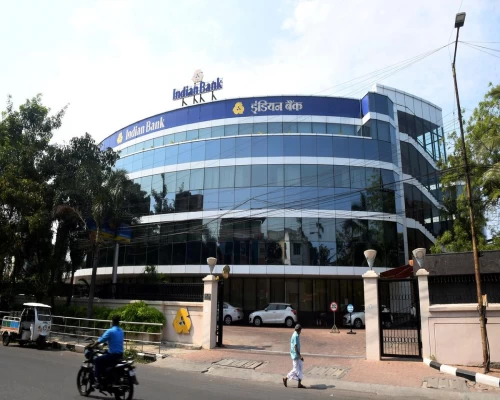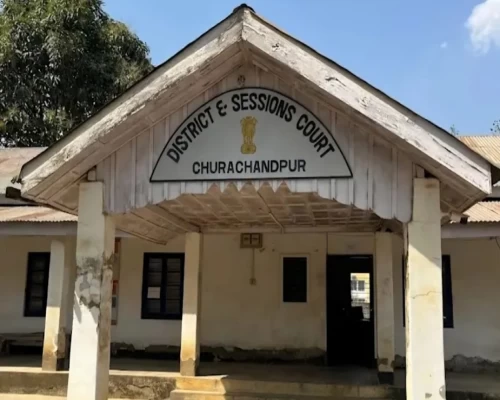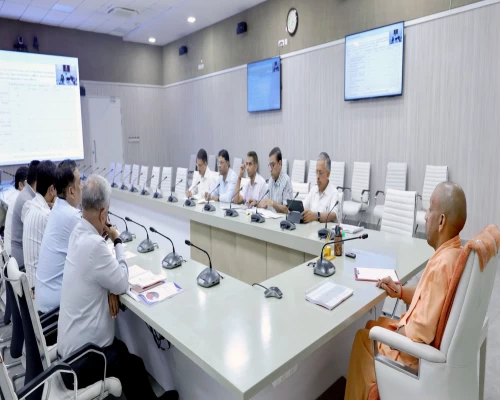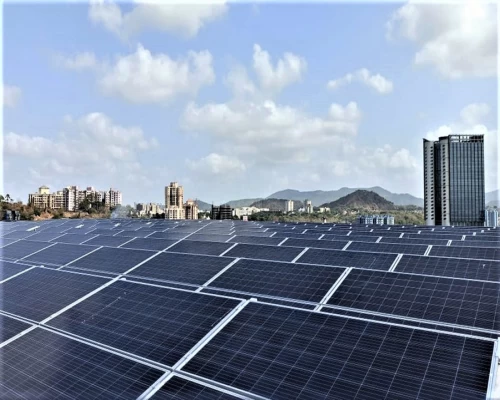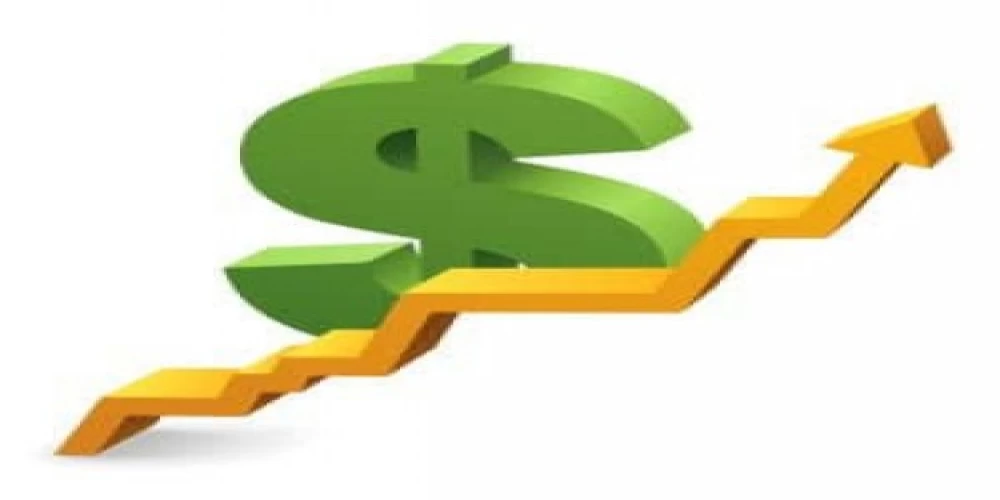
New Delhi: The pandemic-induced lockdown and consequent slump in economic activity will increase States’ indebtedness to at least 36 per cent this fiscal – the highest in a decade. This is mainly attributable to falling Goods and Services Tax (GST) collections and sticky revenue expenditure of States, as per the study of India’s top 18 States by CRISIL, India’s leading rating agency.
The States’ overall revenues are estimated to decline almost 15 per cent on-year this fiscal in line with a shrinking economy. All the revenue sources of the States will take a hit, with almost 65 per cent of the decline attributable to a fall in State GST collections, GST compensation payments, and tax devolutions to the states from the centre’s own tax pool, which together form nearly 50 per cent of States’ revenue receipts.
Says Manish Gupta, Senior Director, CRISIL Ratings: “Amid falling revenue receipts, States’ revenue expenditures would remain largely sticky due to high committed expenditures (related to salaries, pension and interest costs) and essential developmental expenditures (such as grants in aid, medical and labour welfare related expenses). These cumulatively contribute to about 75-80 per cent of the total revenue expenditure and will be difficult to cut down.”
Given the stretch in revenue account, states may moderate their capital expenditures or CAPEX by around 30 per cent, largely to remain within fiscal borrowing limits. Despite the moderation in CAPEX, States’ gross fiscal deficit is likely to expand by around 65 per cent on-year this fiscal and will increase states’ borrowing needs substantially. Says Ankit Hakhu, Director, CRISIL Ratings, “Overall debt of states, including guarantees and loans provided by the Centre to partly compensate for the States’ GST shortfall, will increase sharply by at least Rs 10 lakh crore this year to around Rs 68 trillion by the end of this fiscal. This will expand the States’ indebtedness to at least 36 per cent — an expansion of 600 bps on-year.” /BI/





